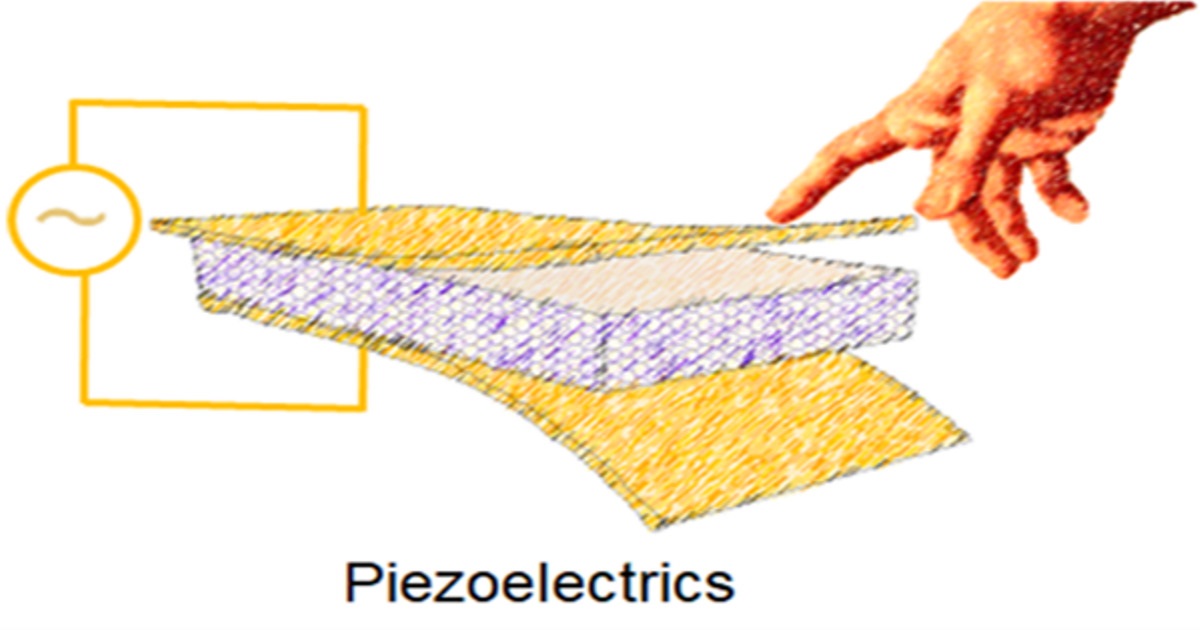- 3.2Impact Factor
- 6.4CiteScore
- 16 daysTime to First Decision
Advanced Piezoelectric Nanomaterials: Fundamentals and Applications
This special issue belongs to the section “Advanced Nanomaterials and Nanotechnology“.
Special Issue Information
Dear Colleagues,
Piezoelectric effects, an intriguing phenomenon, enable the robust and precise conversion between electrical and mechanical energies. While the fundamental mechanisms behind piezoelectricity are well established, the precise control and manipulation of the piezoelectric effect, including electrical polarization, mechanical deformation, and electromechanical coupling, continue to be an active area of scientific inquiry and technological innovation. This capability is crucial for advancing the understanding of electromechanical phenomena and unlocking a wide range of cutting-edge applications, such as energy harvesting, intelligent sensing, precision actuation, and biomedical applications.
In this Special Issue, we invite original research articles and reviews that focus on advanced piezoelectric materials, covering various aspects from fundamentals to applications. We enthusiastically welcome contributions that delve into the exploration of the piezoelectric materials and their applications, with the aim of stimulating and accelerating further breakthroughs within this captivating field.
We look forward to receiving your contributions.
Dr. Zhuomin Zhang
Dr. Xuemu Li
Dr. Xiaote Xu
Guest Editors
Manuscript Submission Information
Manuscripts should be submitted online at www.mdpi.com by registering and logging in to this website. Once you are registered, click here to go to the submission form. Manuscripts can be submitted until the deadline. All submissions that pass pre-check are peer-reviewed. Accepted papers will be published continuously in the journal (as soon as accepted) and will be listed together on the special issue website. Research articles, review articles as well as short communications are invited. For planned papers, a title and short abstract (about 250 words) can be sent to the Editorial Office for assessment.
Submitted manuscripts should not have been published previously, nor be under consideration for publication elsewhere (except conference proceedings papers). All manuscripts are thoroughly refereed through a single-blind peer-review process. A guide for authors and other relevant information for submission of manuscripts is available on the Instructions for Authors page. Materials is an international peer-reviewed open access semimonthly journal published by MDPI.
Please visit the Instructions for Authors page before submitting a manuscript. The Article Processing Charge (APC) for publication in this open access journal is 2600 CHF (Swiss Francs). Submitted papers should be well formatted and use good English. Authors may use MDPI's English editing service prior to publication or during author revisions.
Keywords
- piezoelectric
- advanced manufacturing
- energy harvesting
- nanogenerators
- transducers
- MEMS
- sensors
- actuation
- biomedical applications.

Benefits of Publishing in a Special Issue
- Ease of navigation: Grouping papers by topic helps scholars navigate broad scope journals more efficiently.
- Greater discoverability: Special Issues support the reach and impact of scientific research. Articles in Special Issues are more discoverable and cited more frequently.
- Expansion of research network: Special Issues facilitate connections among authors, fostering scientific collaborations.
- External promotion: Articles in Special Issues are often promoted through the journal's social media, increasing their visibility.
- e-Book format: Special Issues with more than 10 articles can be published as dedicated e-books, ensuring wide and rapid dissemination.

